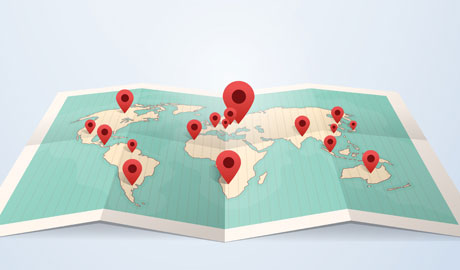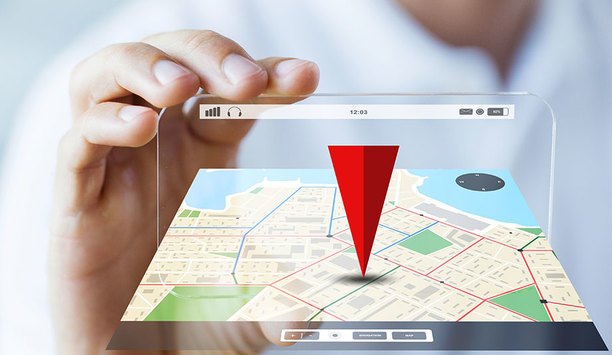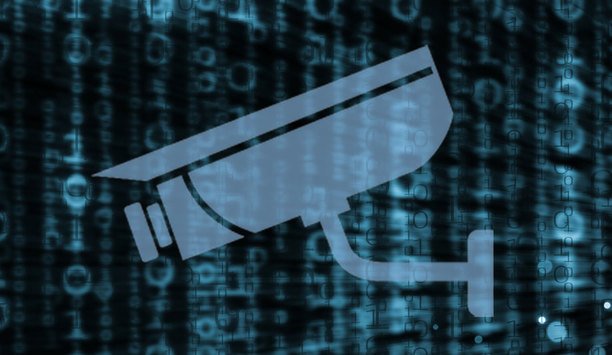Over the past two decades, the workforce has drastically changed. As mobile devices became increasingly affordable and the demand for multiple offices, distributed campuses and globalisation has increased, many employees who once commuted to on-site corporate offices now spend their time working remotely or traveling between sites. In 1997, only 9.2 million U.S. workers (7 percent of the U.S. workforce) were working remotely for at least part of each week. By the end of 2015, the mobile worker population had grown to 96 million people and continues to grow. Mobile workers are expected to surpass 105 million by 2020—meaning that nearly three quarters of the total U.S. workforce will be mobile.
With an increasing number of employees traveling and working remotely, the days of a dedicated worker who commutes to and from a single location every day of the week are just about over. Today’s digital workforce no longer works in a corporate office, meaning businesses have new physical security challenges in regards to tracking an employee’s location, which can be necessary during natural disasters or other significant public incidents (an active shooter, for instance).
That said, security professionals must take a second look at their policies and procedures for employee safety. To protect employees in this new mobile world, where people, assets and brand reputation threats may face higher than normal levels of safety and security risks, businesses must focus less on securing physical, four-wall perimeters and instead take a global approach to security that focuses on protecting traveling, remote and lone workers.
Travel System Integration
First and foremost, organizations with mobile workforces must integrate a multi-modal communications system into their security plan. While we can never predict when emergency events will occur, mass communications systems allow security managers to notify employees quickly after such events—based on their preferred method of contact—and provide actionable guidance that employees can follow to minimize confusion and stress, which will ultimately keep them safe.
While we can never predict when |
In a traditional corporate setting, notification systems that allow for communication across multiple contact paths would likely have been sufficient to ensure that critical messages were delivered to all employees, as everyone was expected to be in the office. Any incidents occurring outside of the office did not need to be considered. In today’s mobile world, communication systems should be integrated with other systems, such as travel itineraries and corporate travel systems, so that in the event of an emergency incident, organizations can quickly assess if they have any employees in or traveling to the affected areas and warn people heading towards potentially dangerous situations.
Ensuring Local Compliance
For organizations with globally distributed employees, contractors, customers, or partners, additional capabilities must be integrated into their security practices. Namely, support for local dialects, languages and preferred communication methods should be integrated into emergency alert systems. During an emergency, it can be increasingly difficult to perform even simple tasks quickly and accurately. Organizations can reduce the difficulty of communicating tasks under pressure and increase recipient comprehension by delivering messages in a local language that is familiar to the recipient.
Notification systems must also comply with all local data privacy and security laws to ensure messages are received by employees in different parts of the world. These laws can differ by region and often restrict the transfer of data over country borders. The best systems for today’s mobile world have the capability of storing and segregating contact information in specific data stores around the world, ensuring that this data will not leave defined jurisdictional boundaries, while also guaranteeing that valuable information reaches the necessary contacts during emergency situations.
 |
| Knowing where your employees are helps identify who you should be communicating with and better refine your response |
Location-based Alerting
When a location-based emergency occurs, companies need to make certain that they can quickly communicate key information, directives and important updates to their employees—no matter where they are located—to help ensure their safety. Knowing where your employees are helps identify who you should be communicating with and better refine your response to a specific security incident.
Security managers can automatically keep employee locations current, even when they’re traveling or moving between buildings and campuses, by integrating location intelligence into an incident management platform. With strong location data and analytics, organizations have the capability to maintain robust databases of where their employees are, where they’re expected to be and where they were last—and then use that data to send targeted notifications and alerts to the relevant people that are affected by a specific incident. Solutions like Safety Connection enable this location data to be collected from an organization’s various physical systems, including:
- Access control and badging systems
- Wired and wireless network access points
- Hoteling systems
- Corporate travel management systems
Mobile Employee Safety
Imagine a scenario where an armed man enters one of the office buildings on an organization’s campus. Usually there are 200 people on campus, but that day 40 people are working remotely, traveling or at home sick. Another 30 employees from other offices are on-site for a sales meeting. Based on each employee’s location and proximity to the intruder, the company’s security team can automate building evacuation and muster directives much more efficiently.
With location-based analytics, the |
With location-based analytics, the security team would know exactly who to send critical information and emergency alerts to and how many people they should expect to receive confirmations of safety from; whether employees are in their assigned location or a location they are visiting. In this case, the security team would focus their efforts on protecting the 160 people who normally work on campus, plus the 30 visiting employees, as they know the 40 people off-campus are out of harm’s way.
In our increasingly global and mobile world, organizations cannot afford to limit their critical communications to physical facilities. By ensuring mass communication systems are integrated with travel systems, comply with local data and privacy laws and leverage location-based analytics, organizations ensure that critical messages are delivered and received both locally and globally and can rest easy knowing that their growing mobile workforces are safe.


















![[Download] The Most Viable Converged Solution For Video Security And Monitoring](https://www.securityinformed.com/img/news/612/Monitoring-Solution-920x533.jpg)





